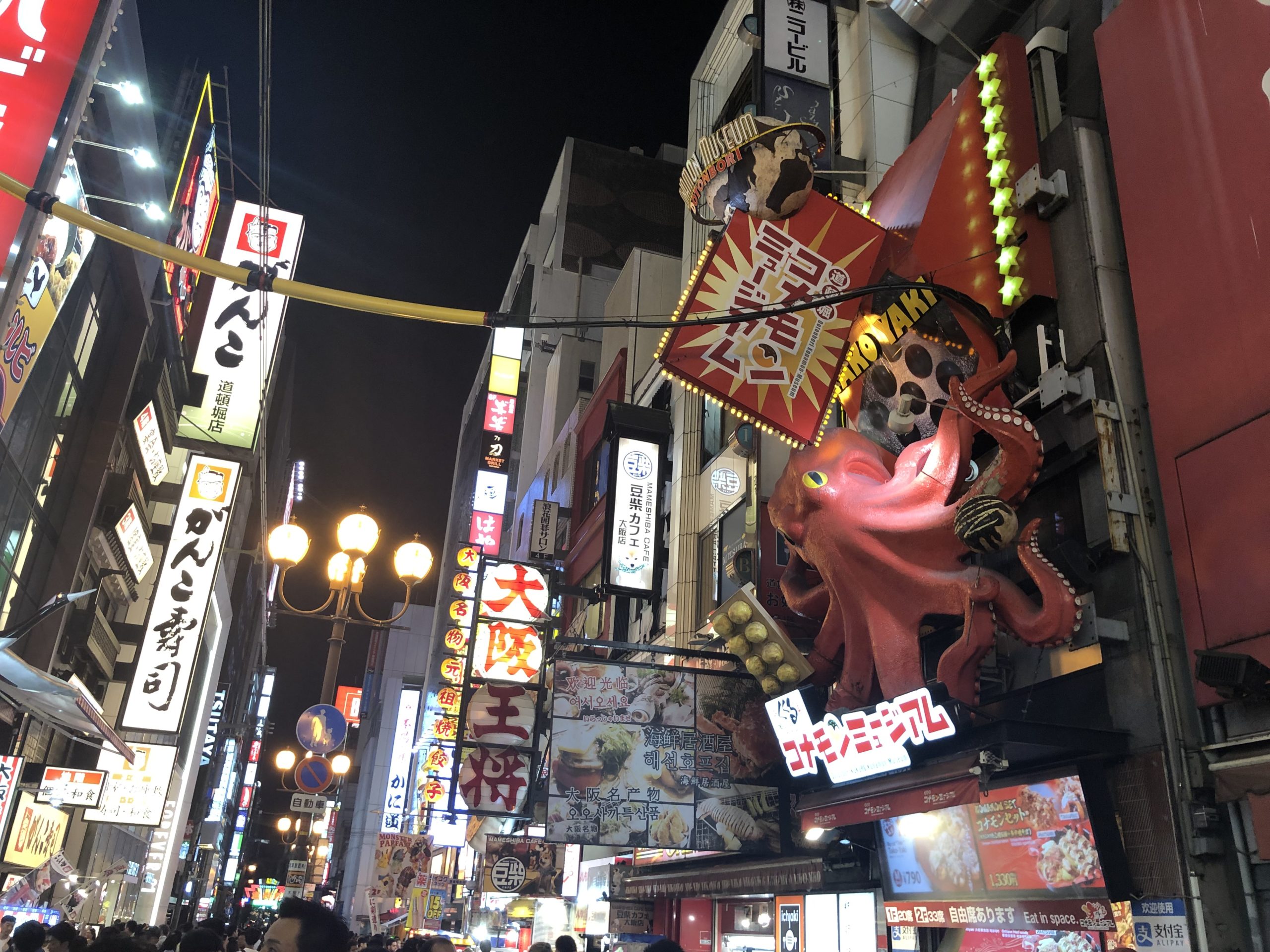The train trip from Nara (Kintetsi-Nara station) to Osaka took about an hour, with a short change at Ikoma station. Soon, we were wandering the streets of Osaka on a hot and humid day, headed for the Osaka Museum of History.
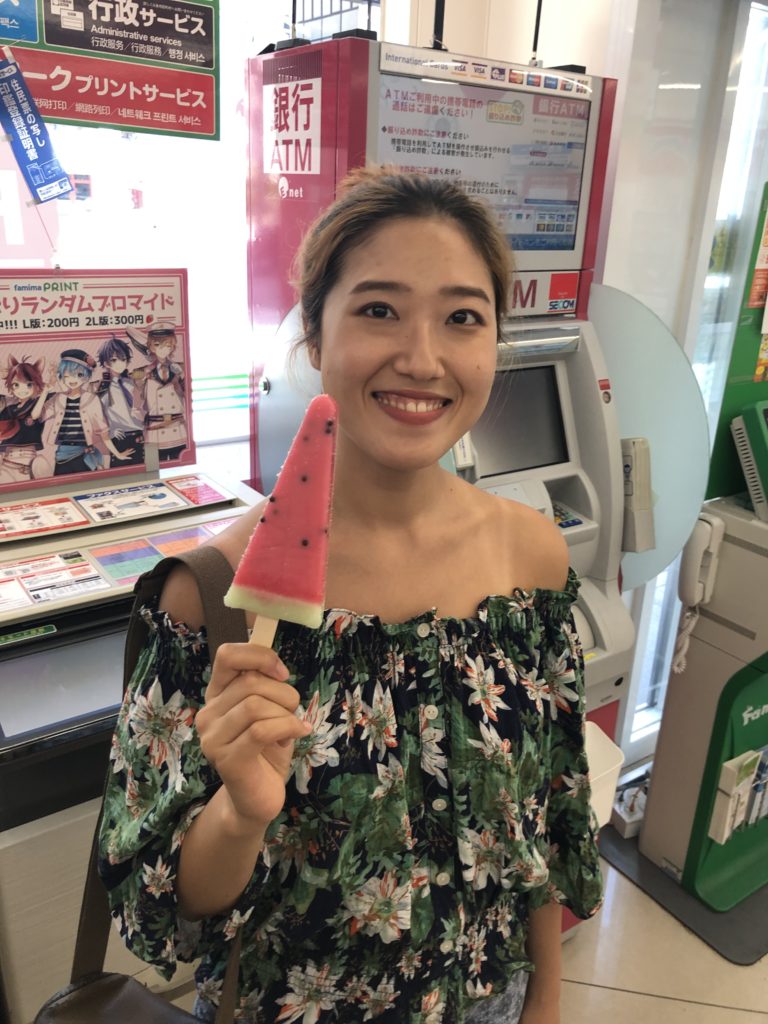
Osaka has long been a prominent port city, a centre of commerse, and a city of merchants. During the country’s rapid industrialisation, Osaka was the “Manchester of the Orient”, attracting immigrants (many Koreans, for example), pluralistic politics, modernisation, high literacy & rising education standards, and ultimately, an emerging middle class. Pre-war Osaka was a key automobile manufacturing hub, home to GM and Daihatsu plants. Then came the war. The bombs during the tail end of the Second World War completely flattened the city. But, a few decades later, Osaka reemerged as an economic powerhouse. The GDP of the Greater Osaka area on a stand-alone basis would be a top-20 country – similar in value to the GDP of Holland. It is home to a major futures exchange, and big conglomerates like Panasonic, Sharp, and Sanyo are headquartered in the city.
While the history of Osaka is really interesting, we came away from the city’s Museum of History a little underwhelmed. It was sort of hit-and-miss. One interesting aspect was the details of an emperor’s palace in Osaka (then called “Naniwa”) that pre-dated the Nara period (i.e. around the 600s). A video told the story of the old palace and ended with the blinds rising to reveal (through the windows) the location of the former palace in an adjacent park. The museum is on floors 7 through 10 in a modern tower next to the Osaka Castle complex. Thus, the views of Osaka Castle were quite impressive, and gave us a good idea of how it fits into the surrounding city.
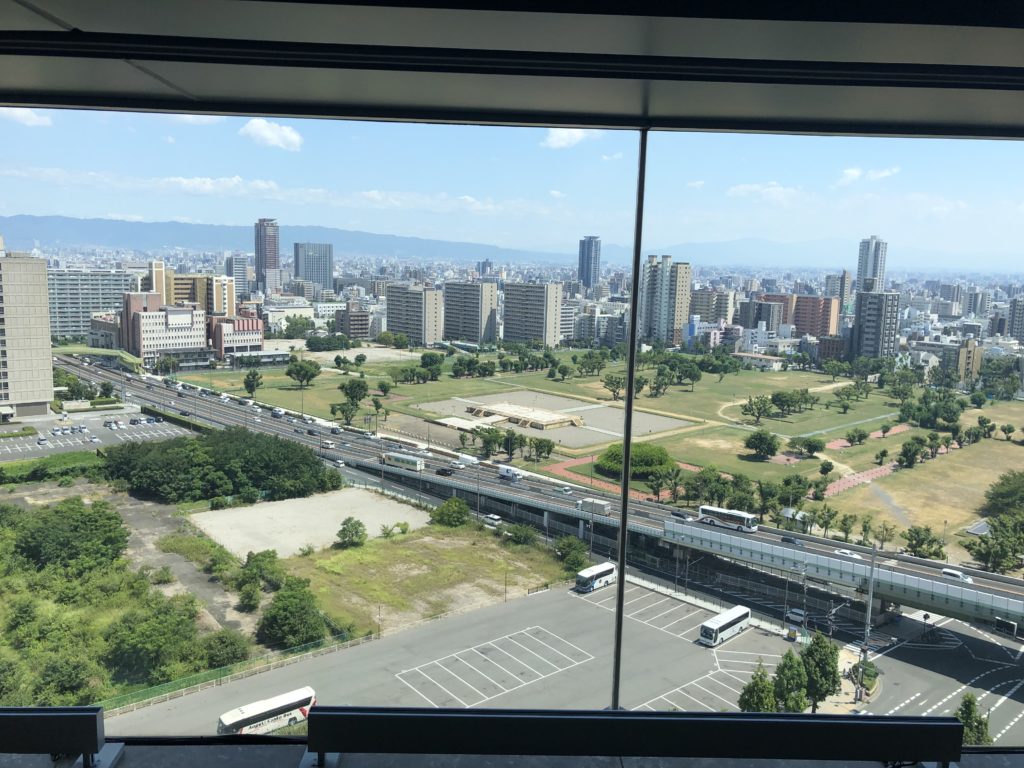
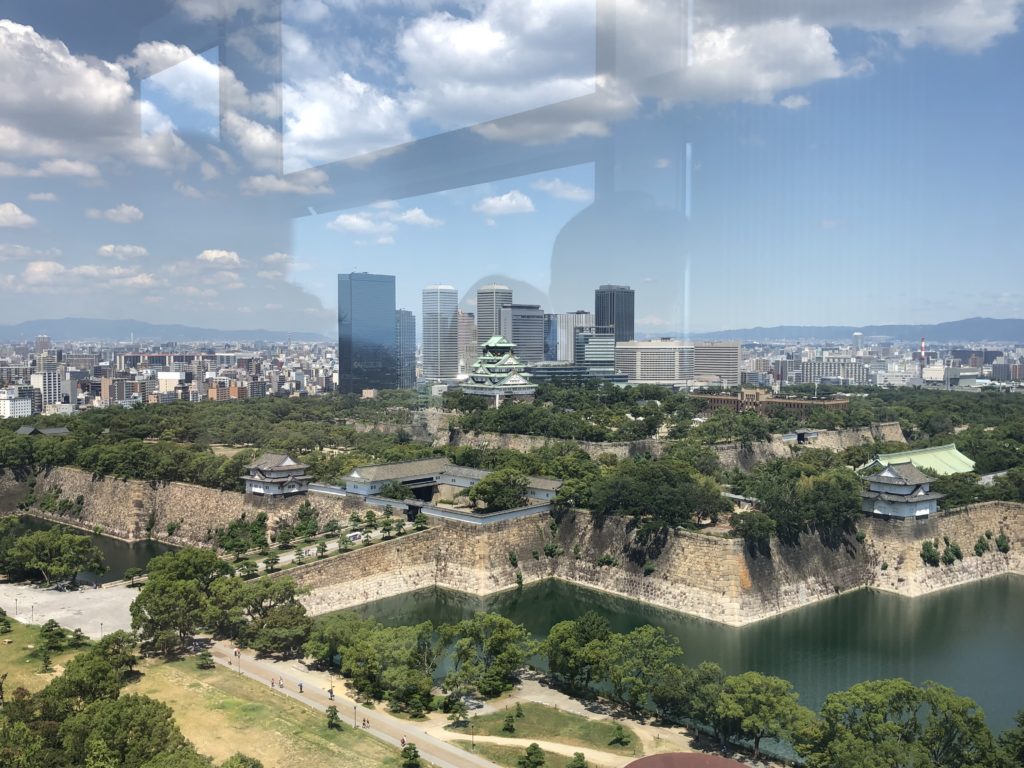
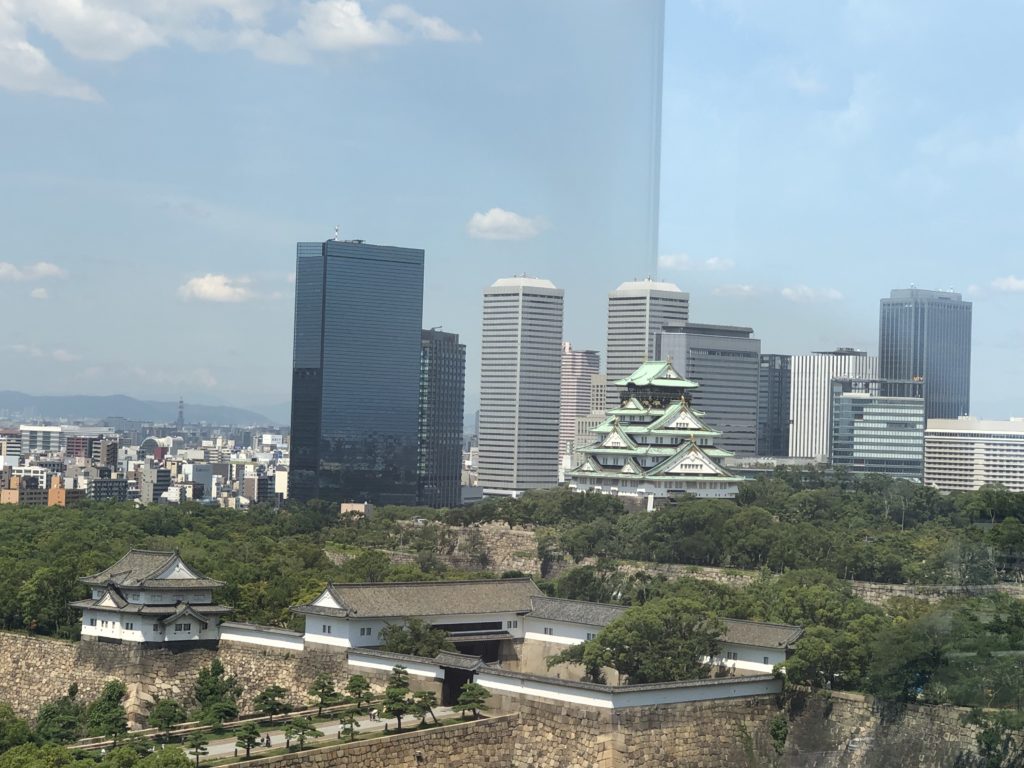
An interesting museum display was one of the copper refining industry. Osaka was once Japan’s copper refining hub, and the largest player in town was Sumitomo Copper. Refiners used the city’s network of canals to move raw material and refined product. The Sumitomo Group was founded as a bookstore in Kyoto by a former Buddhist monk in 1615, but it was copper that made the group famous. The founder’s brother-in-law learned Western methods, and was soon extracting high-purity silver and copper from copper-bearing ores. Management was passed on through the generations, and the group rode the Japan’s moderisation push following the Meiji Restoration. It expanded into silk trading, financial services, mining, coal, machinery, forestry, warehousing, etc., eventually becoming one of the country’s big four Zaibatsu (conglomerates).
Despite some key assets being nationalised or destroyed by bombs during the war, the Zaibatsu emerged as large and sprawling organisations. The post-war government intended to dissolve the conglomerates, but they also wanted to re-industrialise Japan, particularly as a bulwark to the communist tide in Asia. Over the years, many former Zaibatsu morphed into Keiretsu – sets of companies with interlocking business relations and shareholdings. With Sumitomo’s former holding company dissolved, the group remains a major keiretsu in Japan. Centred on the huge Sumitomo Mitsui Financial Group, the group remains involved in a most aspects of corporate Japan, from machinery, to tires, and construction to cable television.

There were a handful of other interesting displays in the museum, but otherwise a bit of a mixed bag.
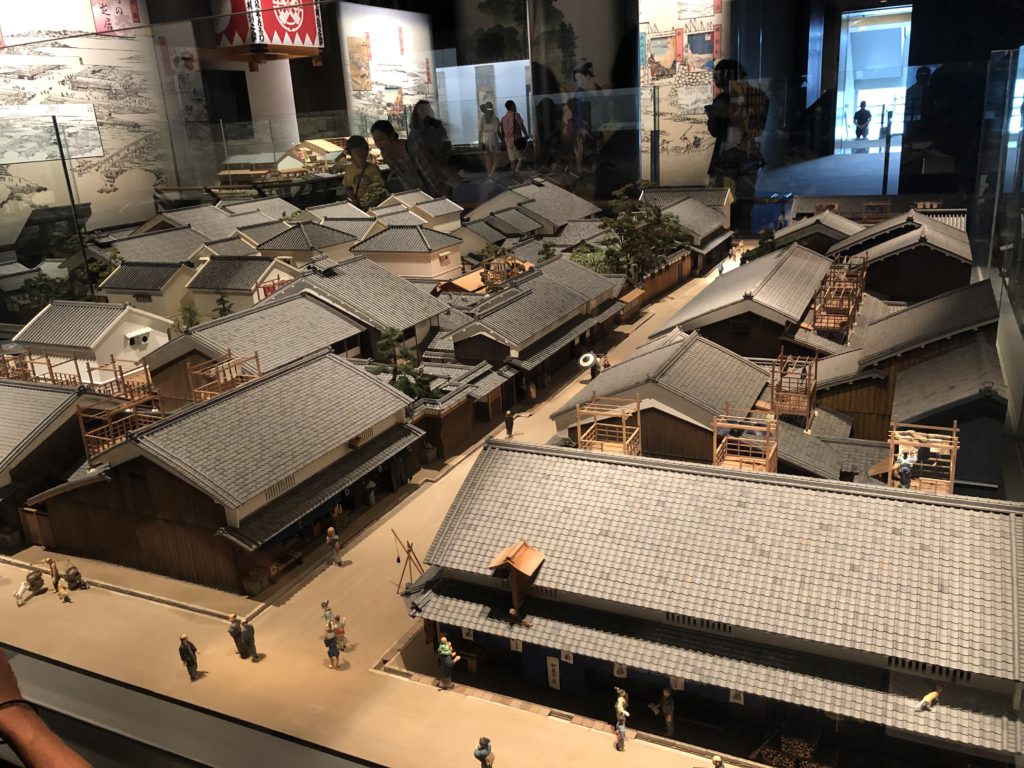
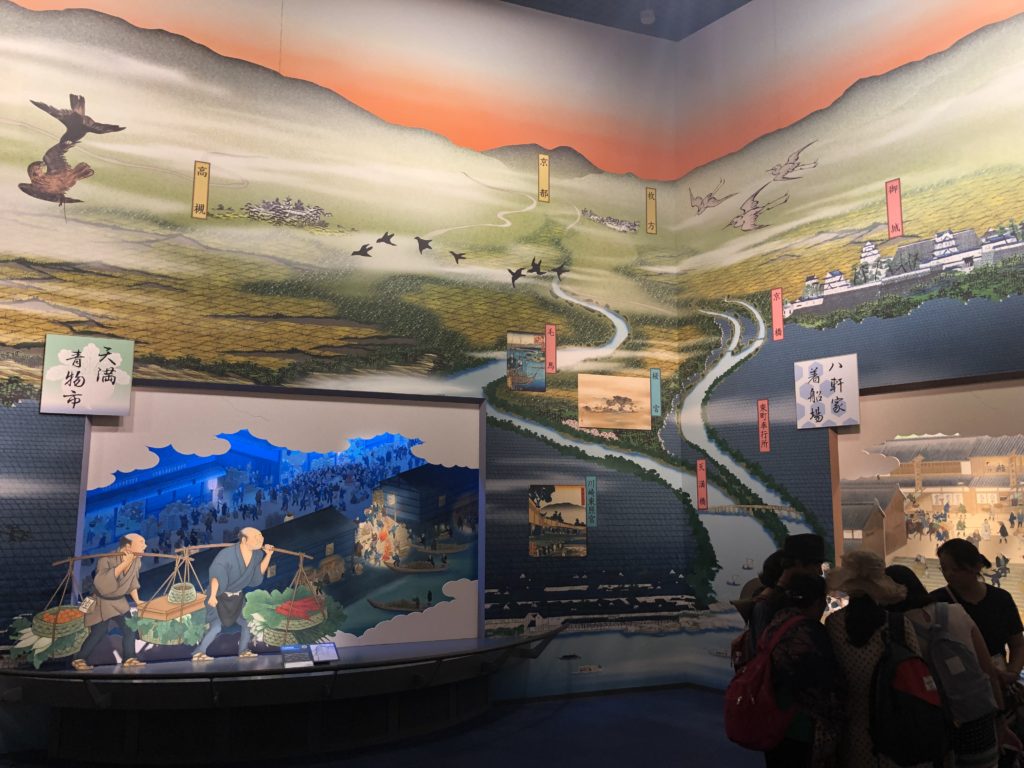
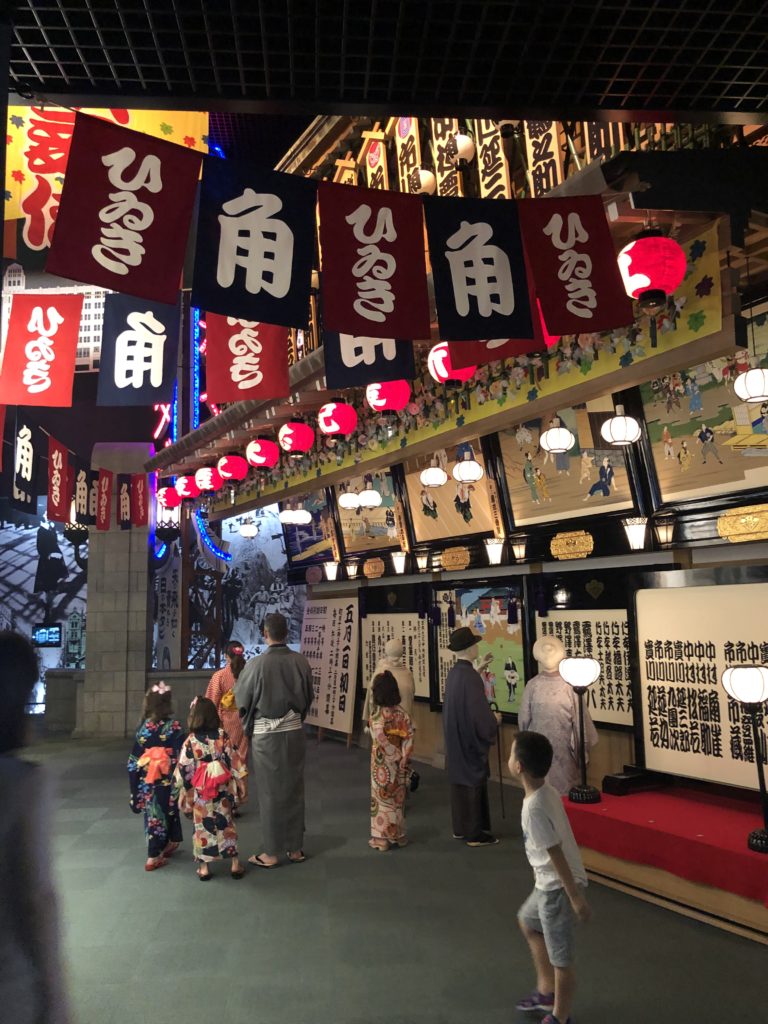
Osaka Castle was first built in 1583 on the orders of Toyotomi Hideyoshi, a daimyo (feudal lord) who had managed to unify much of Japan during the lengthy civil war of the late 1500’s. Dreams of empire led to two ultimately failed attempts to conquer Korea in the 1590’s (with Korean general Yi Sun-sin harassing the Japanese navy with his iron-clad “turtle ships”). Hideyoshi died in 1598 with a young son as his only heir, leaving a power vacuum. Another powerful feudal lord, Tokugawa Ieyasu, took advantage of the situation and, after the key Battle of Sekigahara in 1600, secured the title of shogun and established the Tokugawa shogunate that would reign for 260 years.
Toyotomi Hideyoshi’s son and heir, Hideyori, attempted to revive the much-diminished Toyotomi clan in the 1610’s, a threat to Tokugawa rule. Tokugawa Ieyasu seiged Osaka Castle in 1614 and 1615, ultimately burning it to the ground and putting an end to the Toyotomi line. Osaka Castle was later rebuilt under the Tokugawas. But it was flattened again a few more times, including during the Second World War where its arsenal was a critical target of the bombing raids. The castle was rebuilt in 1997 – the outside styled after its Edo-period splendor, while the inside houses a modern museum (lots on the Seige of Osaka). The top of the five-story castle sports some great views of the city.
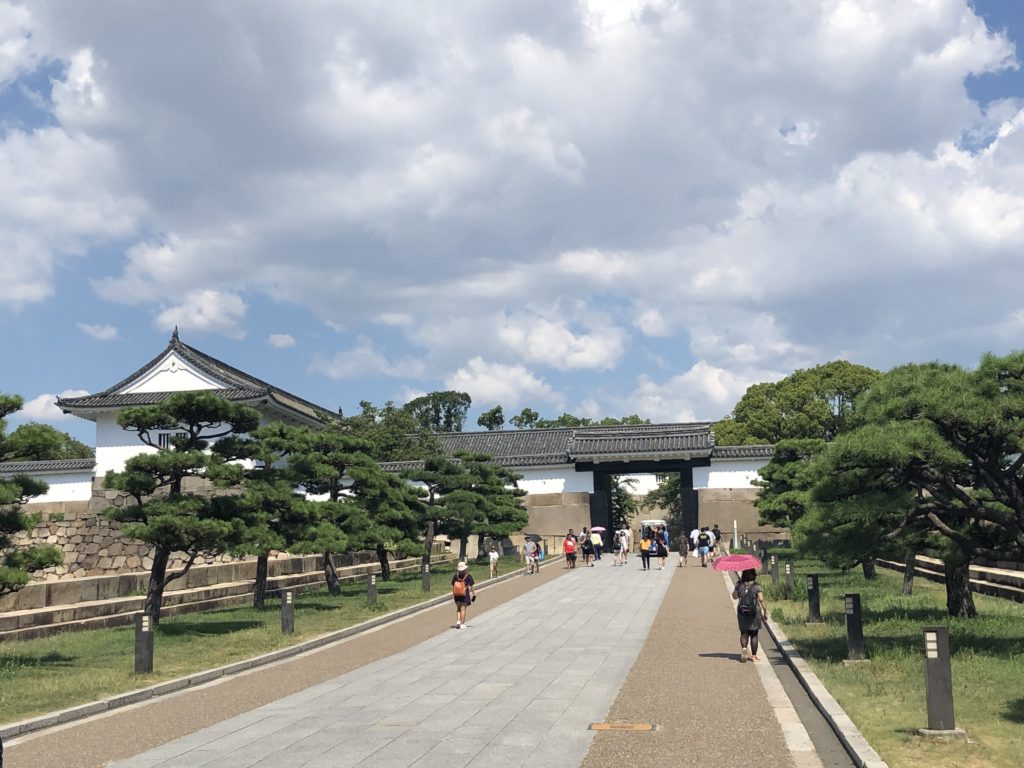

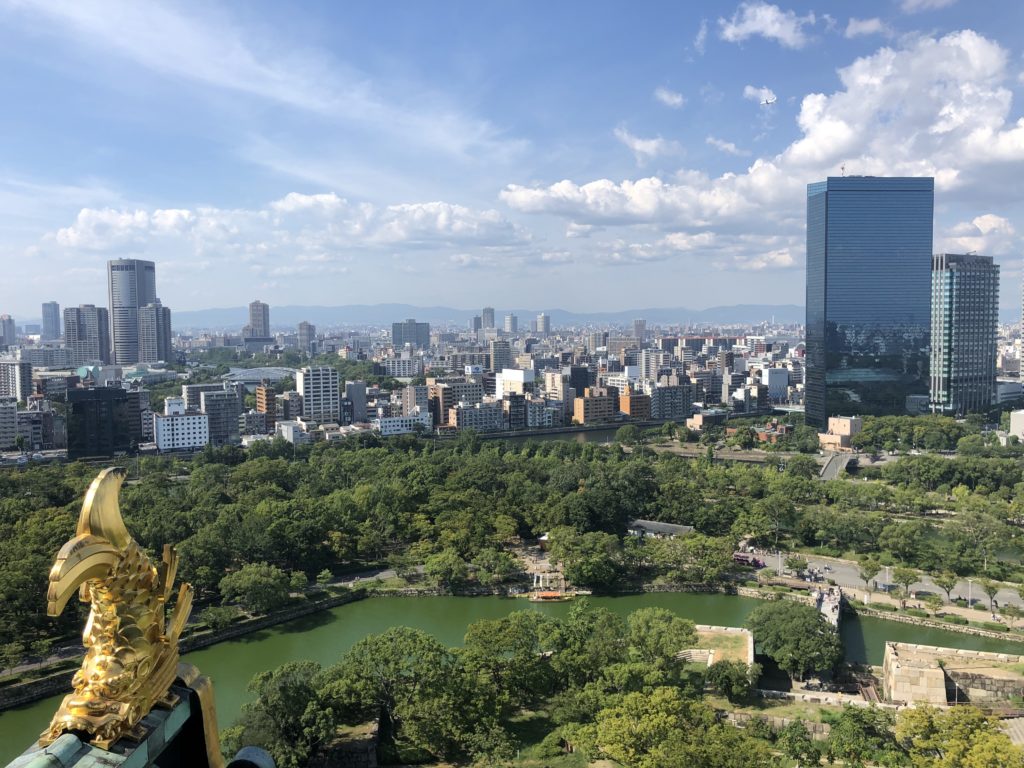
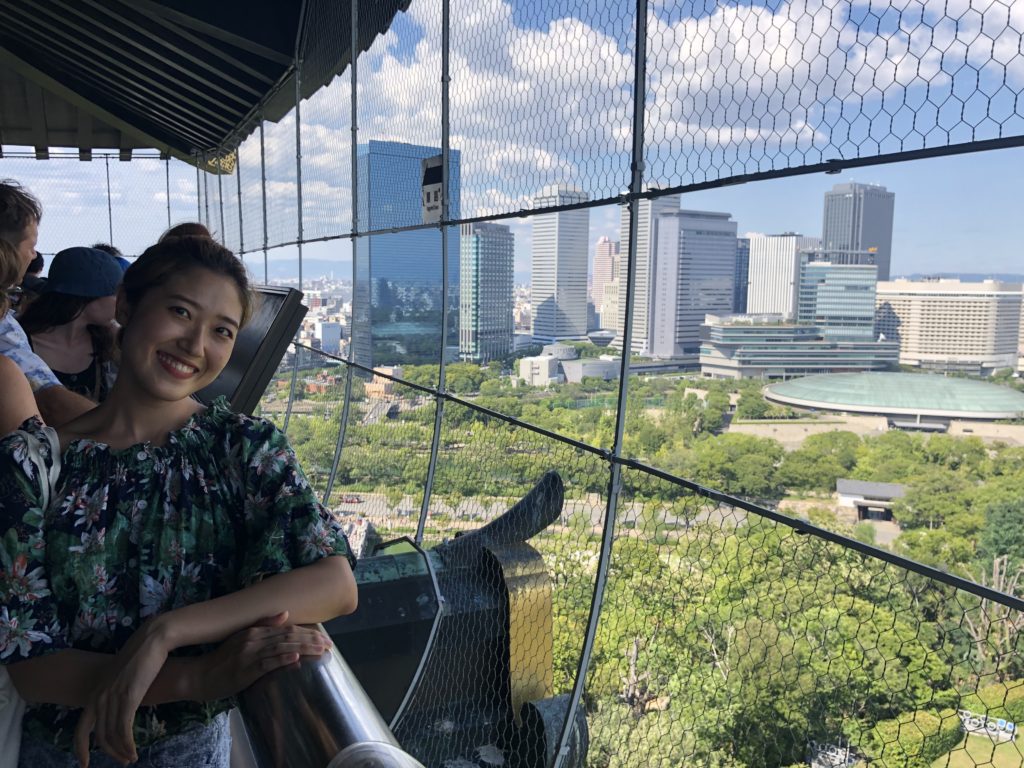
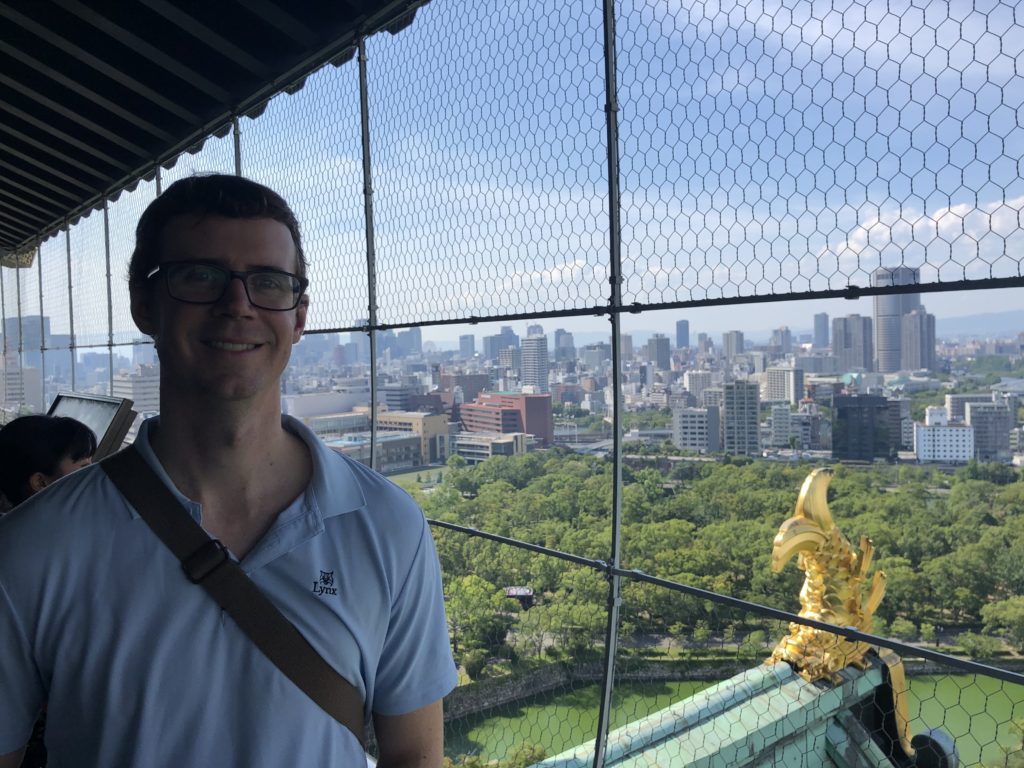
We spent an afternoon wandering around Osaka’s Shinsekai district. The northern half was modeled after Paris, with its own tower called Tsutenkaku that stands about 100 metres tall. We found an awesome retro game room with old-school mechanical pinball machines. It is a really fun and slightly addictive form of entertainment – surely a precursor to the pachinko phenomenon.
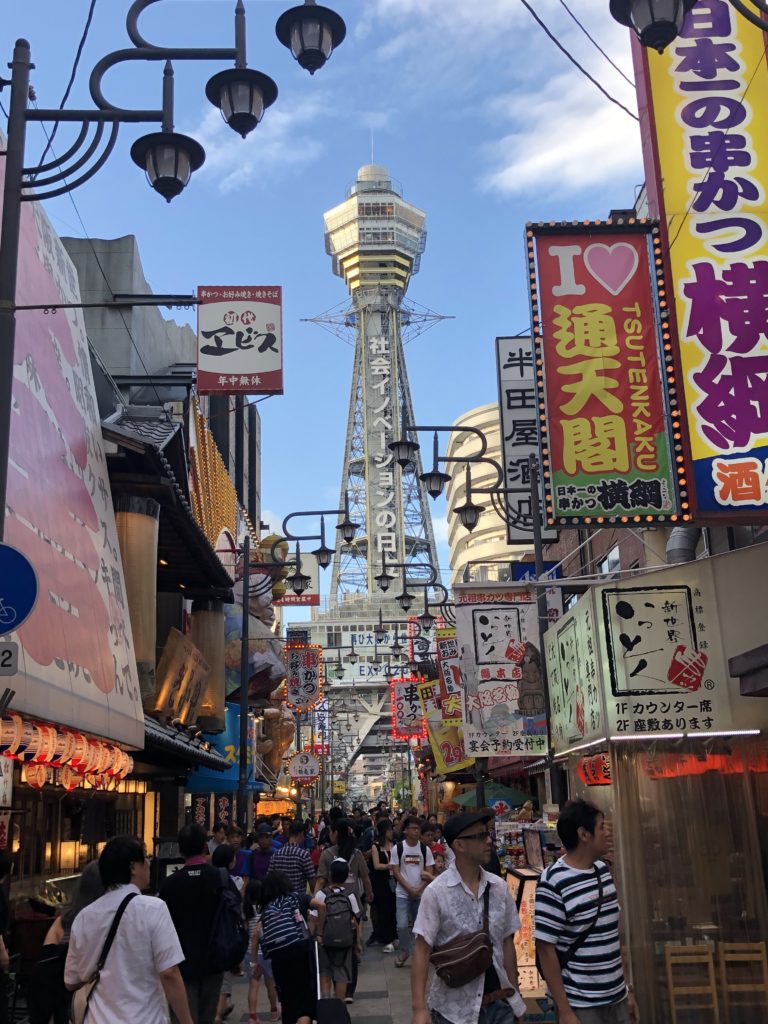
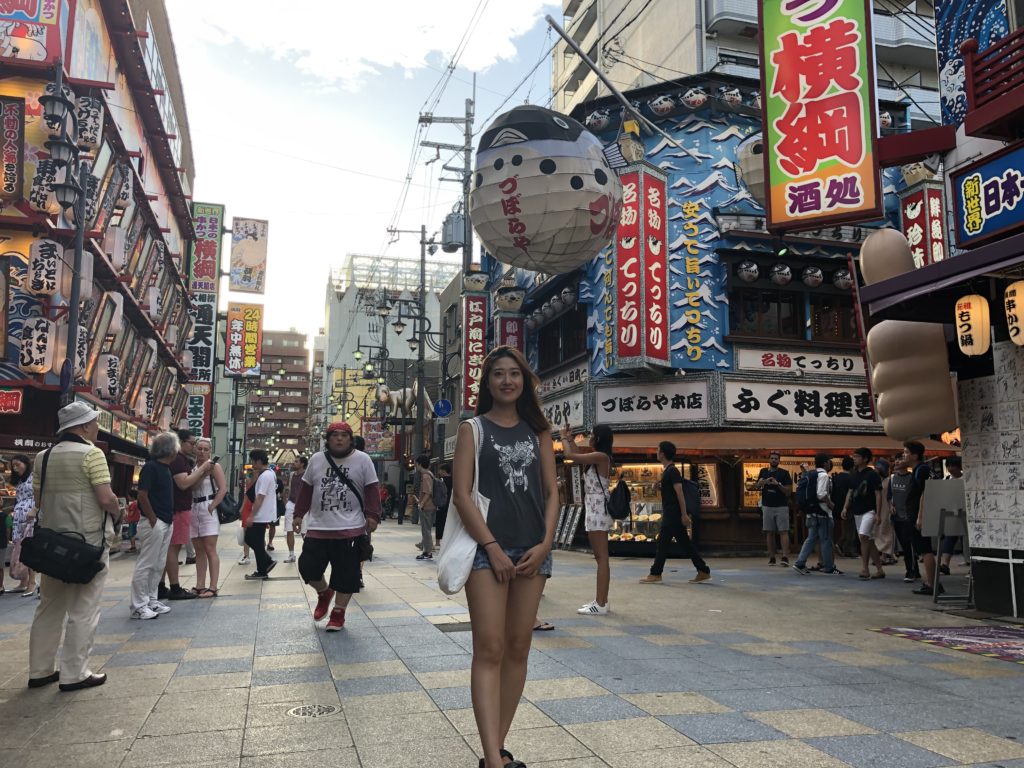

We ended up exploring a couple of pachinko parlors during our time in Japan. Among the chaotic din and bright lights we tried to shoot small metal balls into point-generating slots to earn more balls. Unfortunately, the storyline of the games we were playing went right over our heads, but I think we got a good sense of the appeal – basically, the excitement of winning. Pachinko and pachislot parlors are popular and easy to find. Ones we visited were at times busy and at times empty. It is essentially a form of gambling (in a roundabout sort of way) which is otherwise illegal in Japan, although this may all change quite soon.
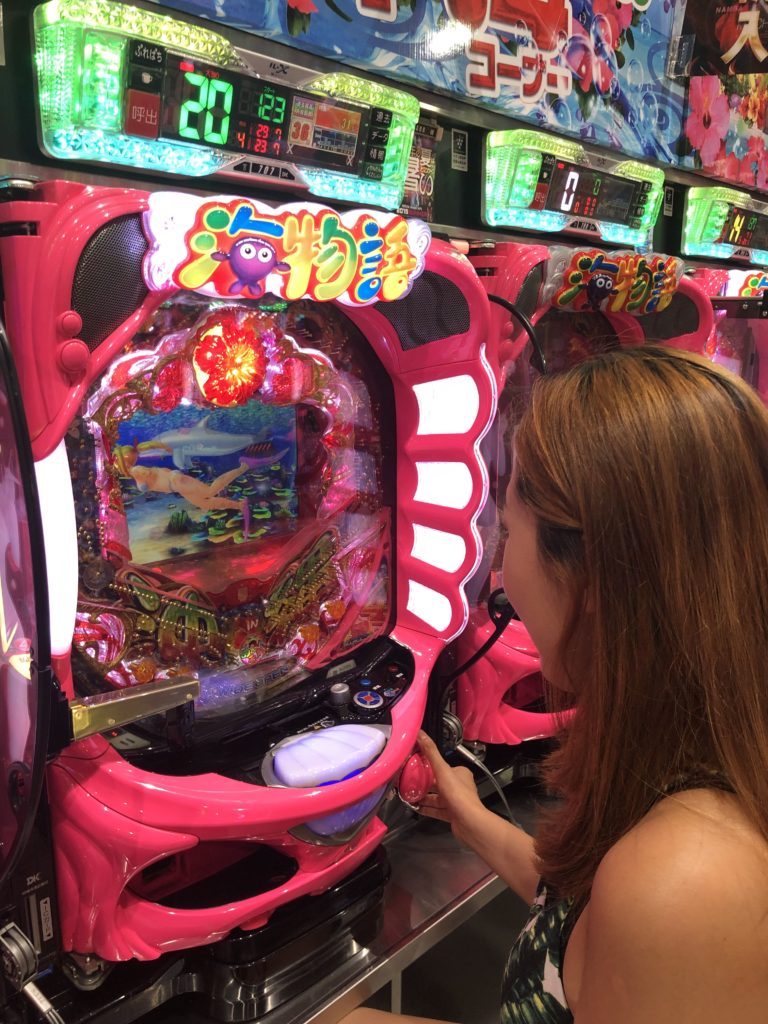
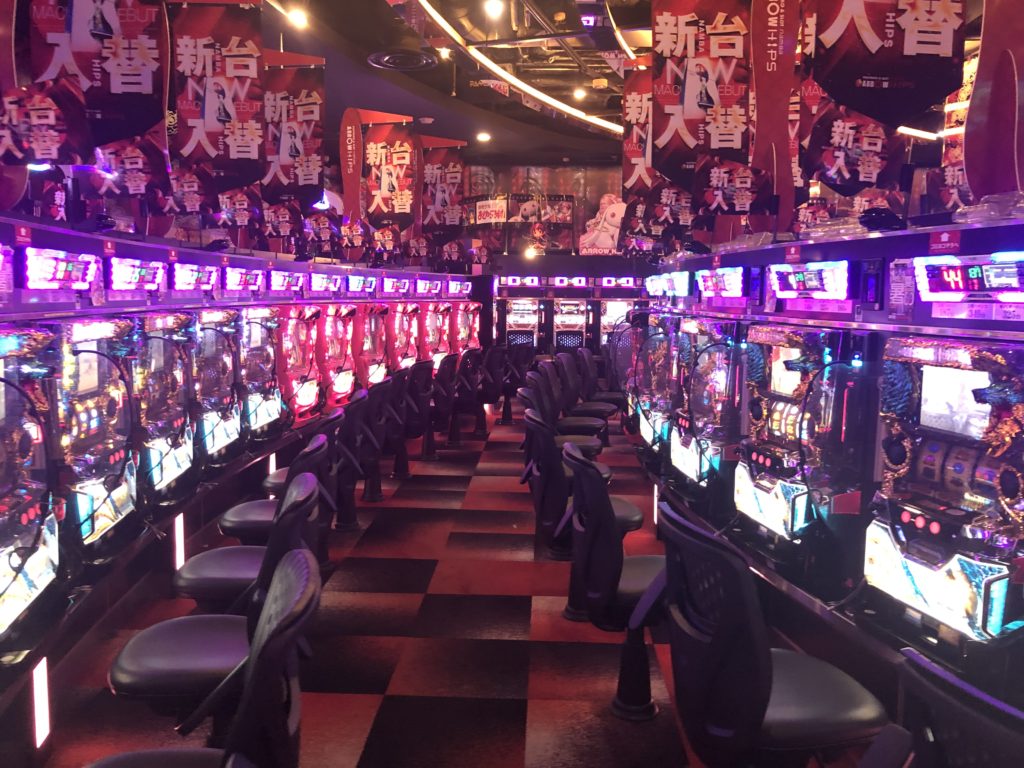
The core of the city is divided into two parts: (1) Kita in the north, with its skyscrapers, Umeda business district, and a clump of major railway stations; and (2) Minami (“south”), home to business and shopping districts like Namba, Shinsaibashi, and Dotonbori. We spent most of our time in the south.
Shinsaibashi is a long covered shopping street with a huge range of big brands. It is also incredibly popular, at any time of day.
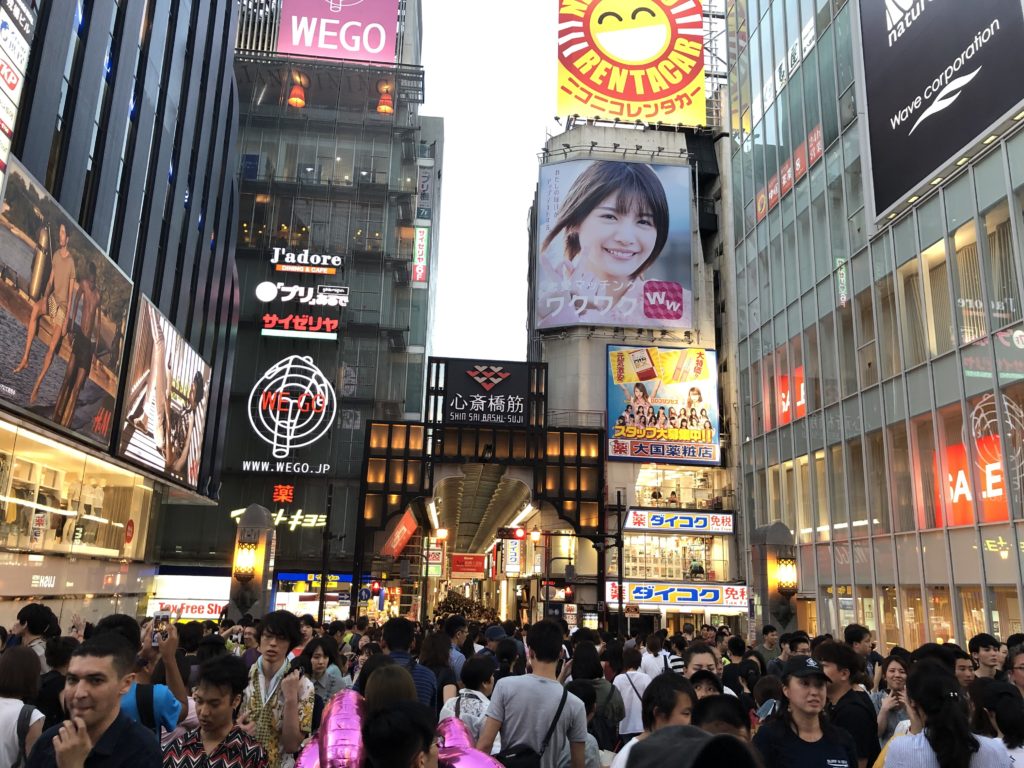

Dotonbori is a bright, buzzy entertainment district – always energetic & packed. It spreads out either side of the Dotonbori Canal. The canal was the idea of an entrepreneur named Yasui Doton in the early 1600’s, who thought that connecting two branches of the Yokobori River with a canal would increase commerce. He died during the Siege of Osaka, but his cousins completed the plan and the canal was named in Doton’s honour. Over time it became the town’s theatre district, and today, is the entertainment heart of Osaka.

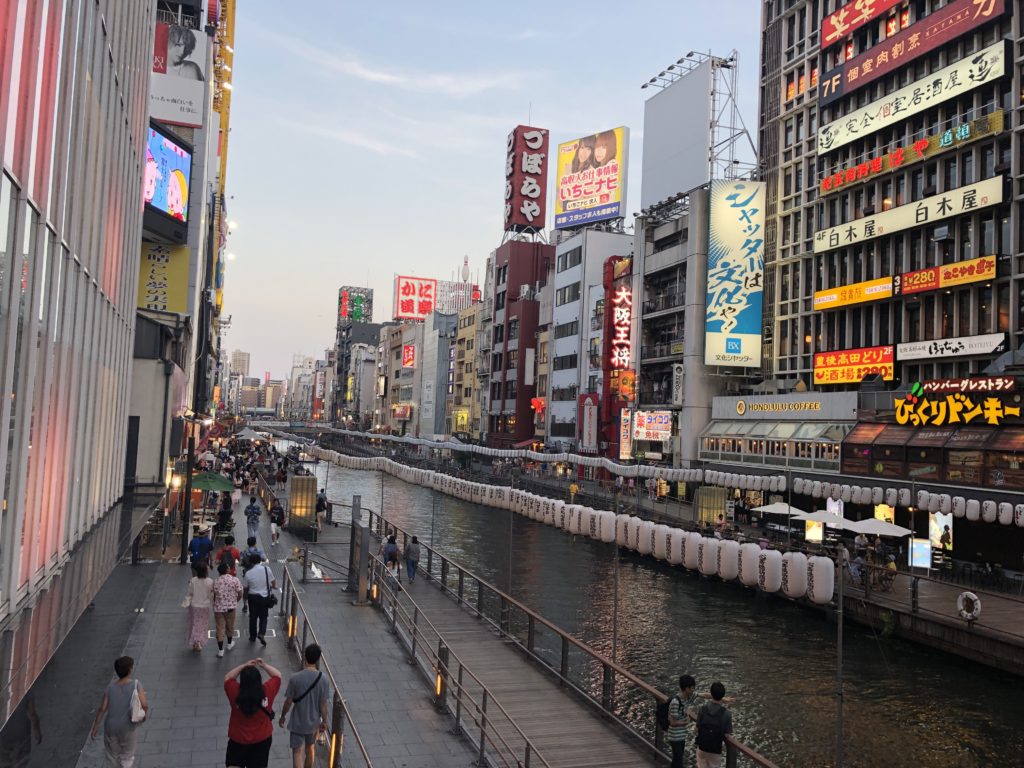
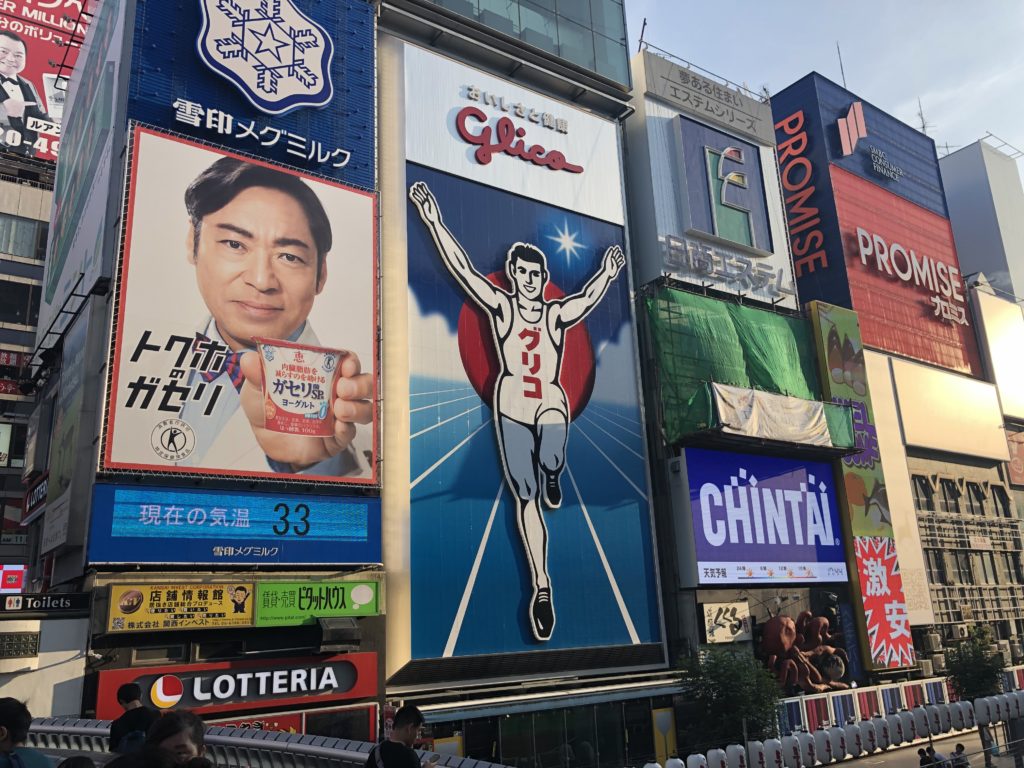
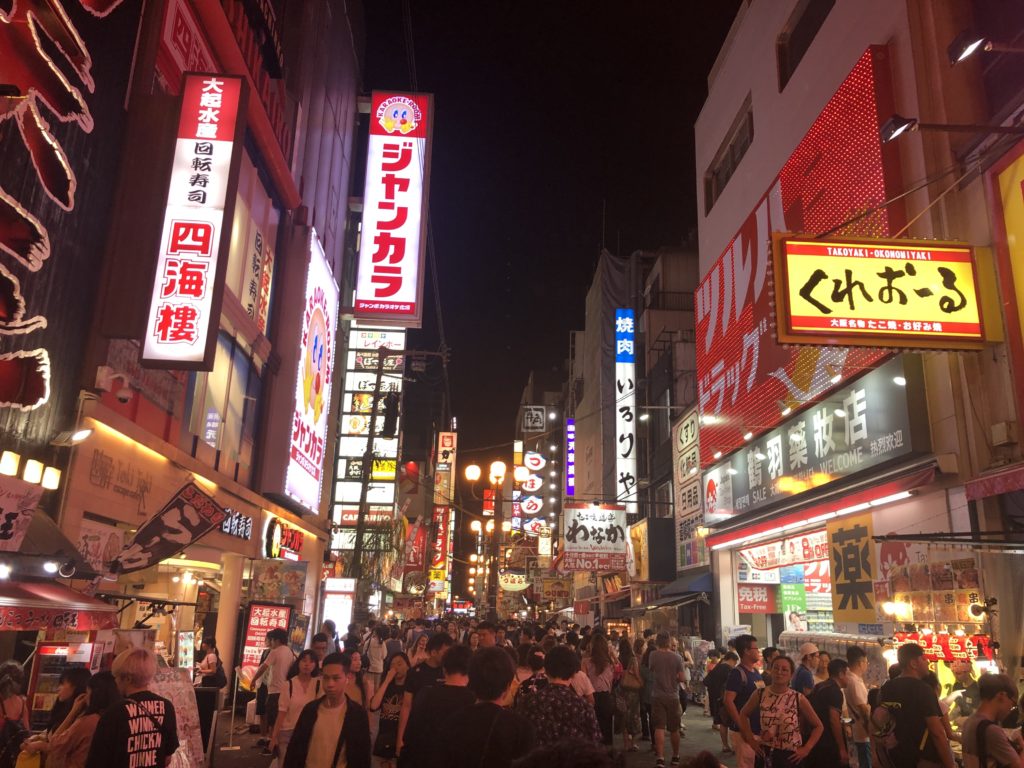
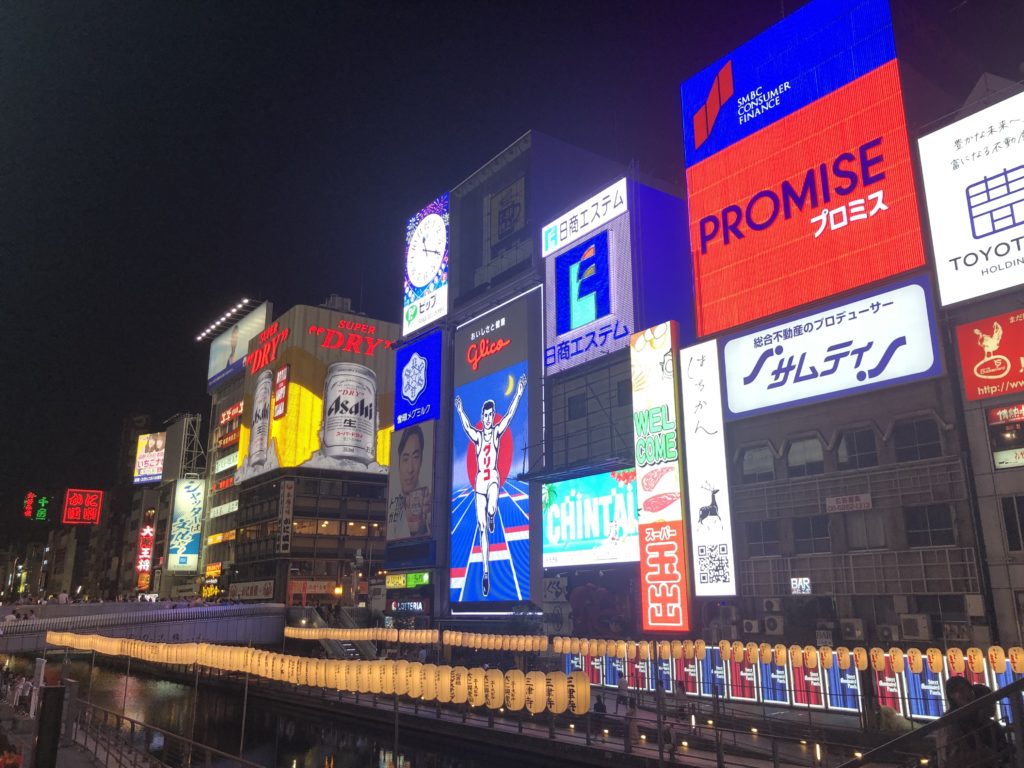
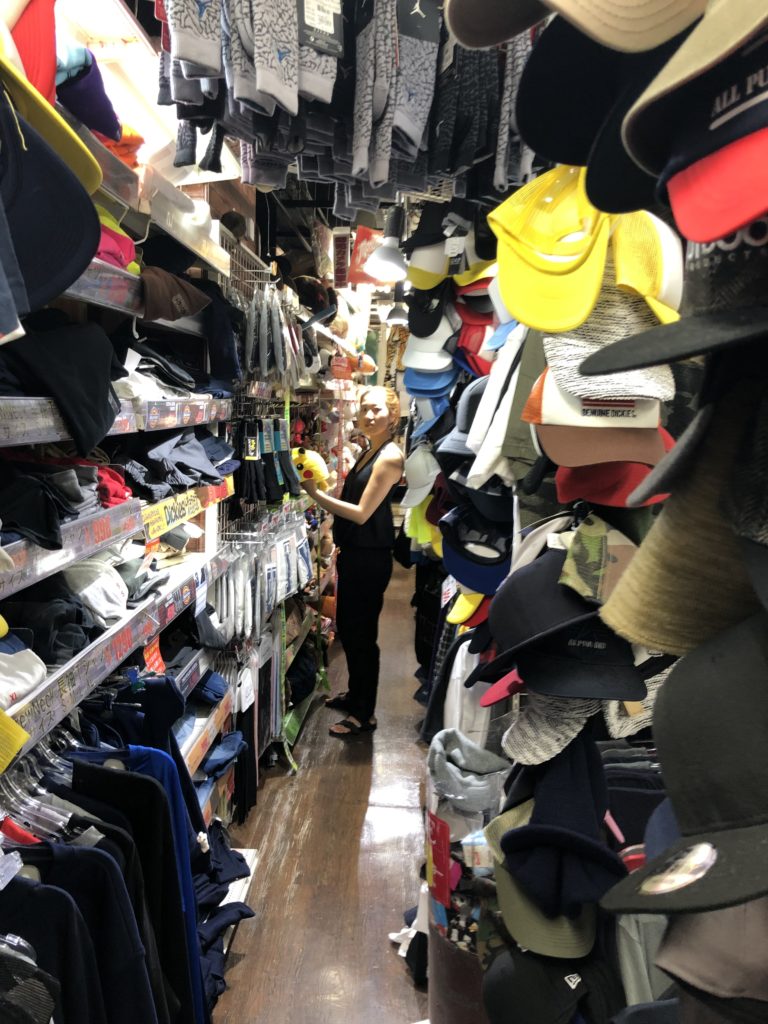
Tokyoites have long believed themselves superior to and looked down at the “greedy and gluttonous” Osakans. The sentiment gave rise to the belief (in Tokyo, anyway) that “residents of Osaka devour their food until they collapse”. But if this was true, the reason seems to have more to do with the fact that food in Osaka is simply fantastic. The city has become one of the food capitals of the world. Okonomiyaki, takoyaki (octopus pieces in fried batter), udon, and kushikatsu all hail from mighty Osaka. During our near week-long stay in the city, we sampled a fair amount on offer.
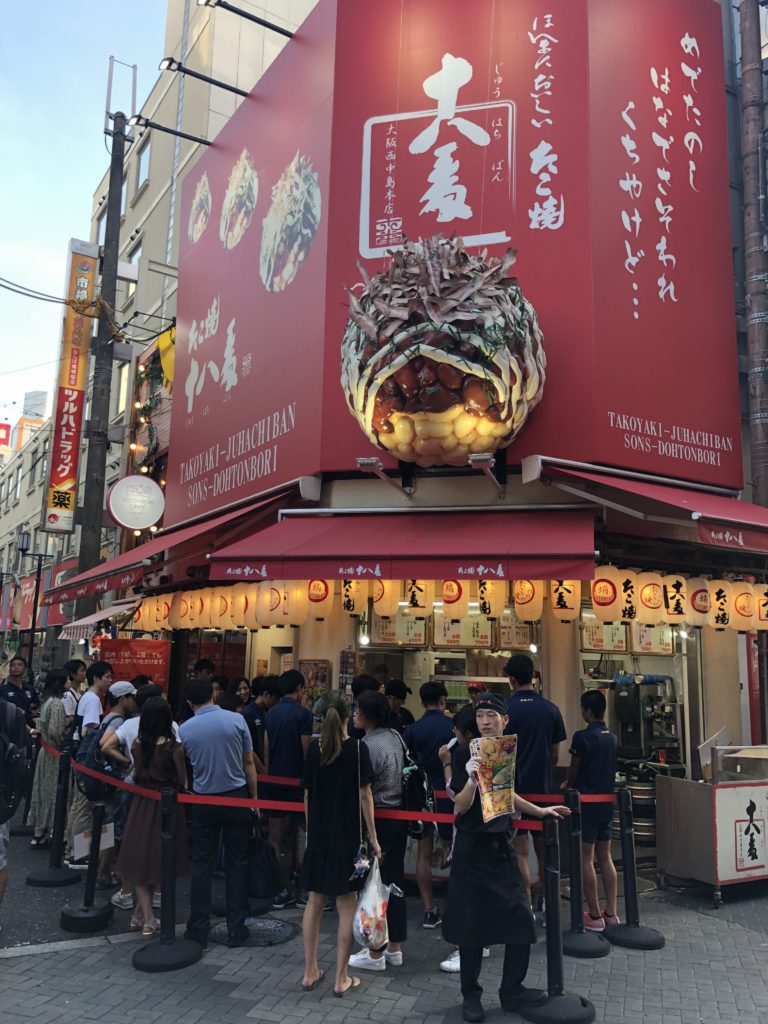
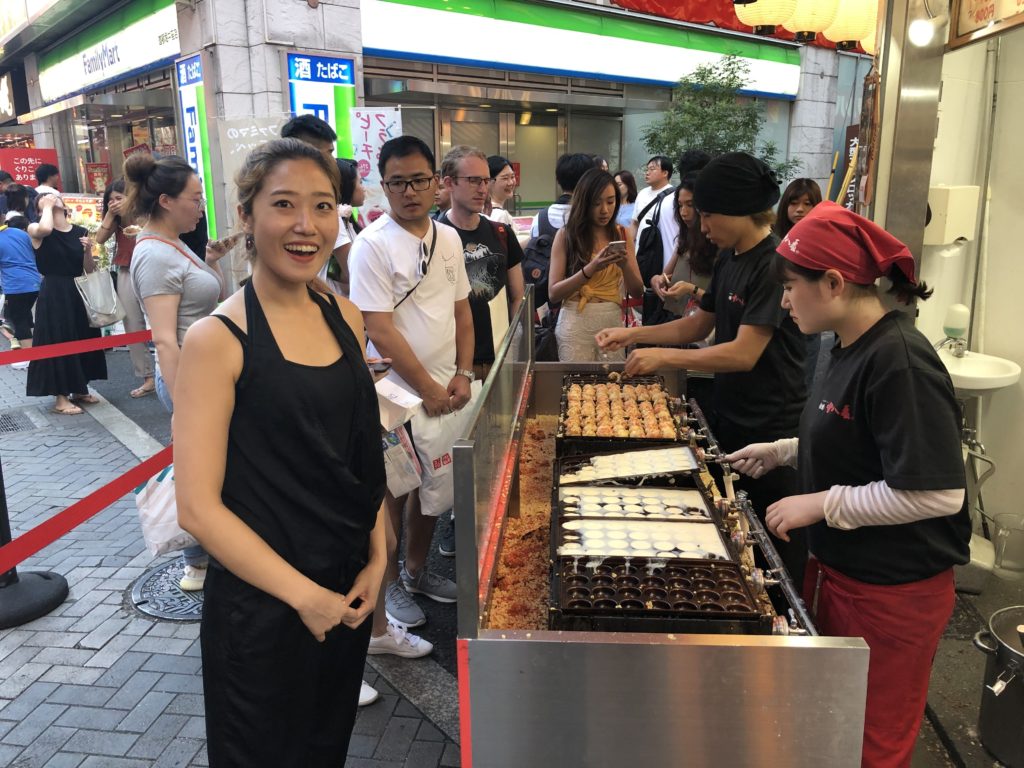
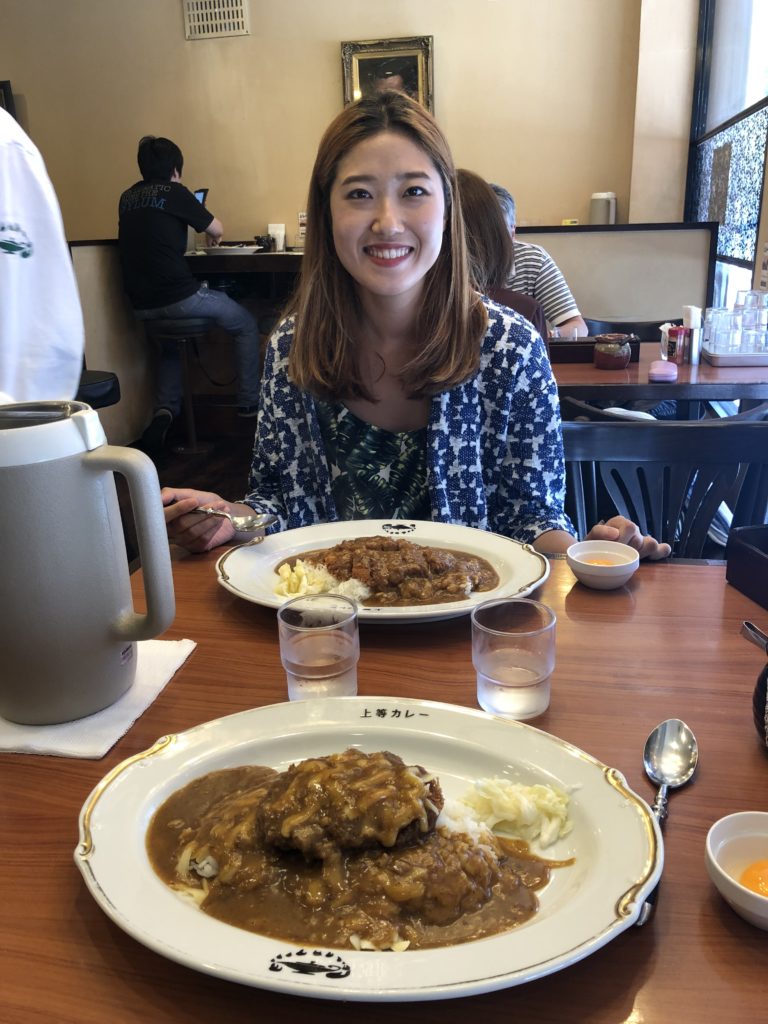
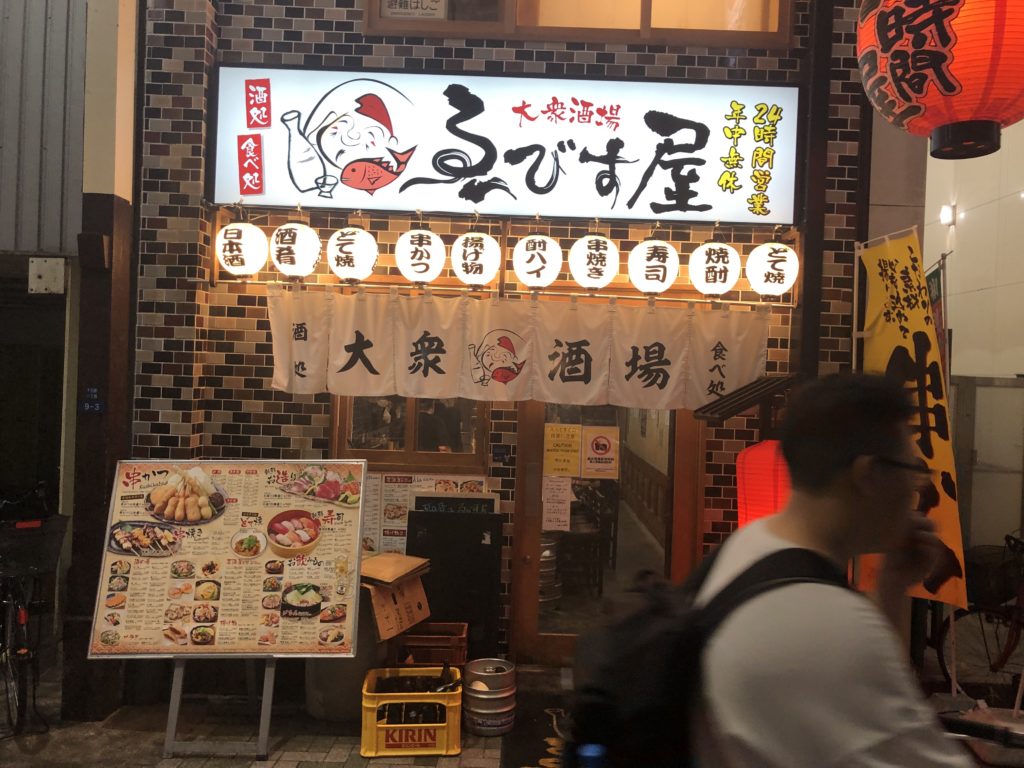
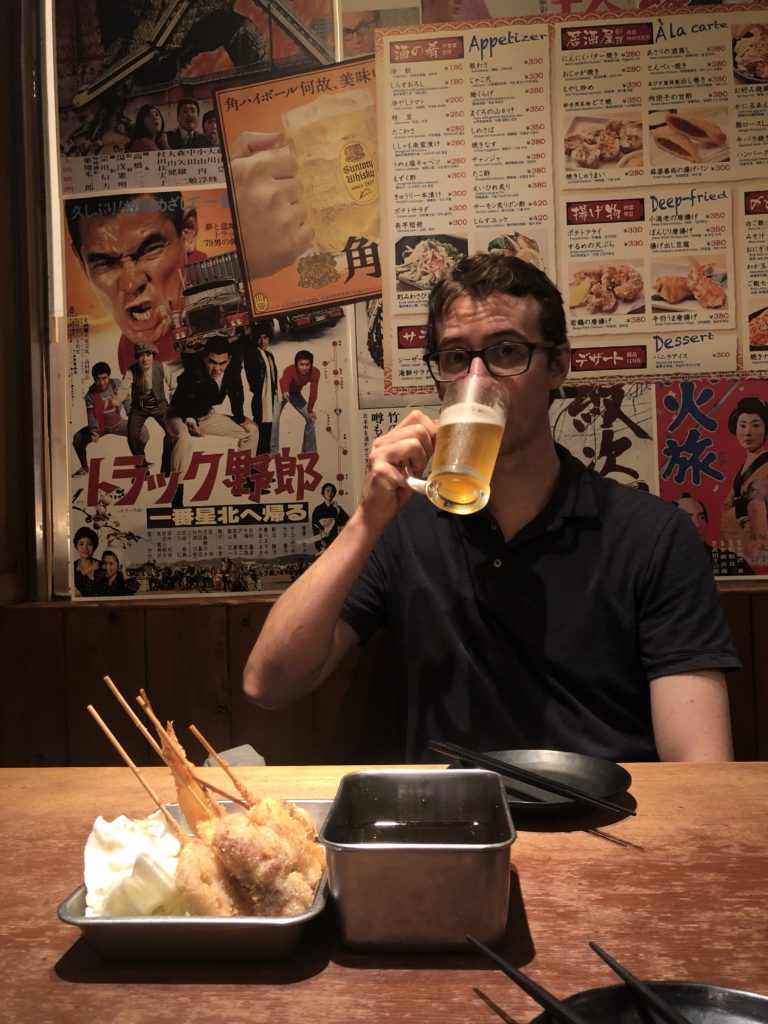
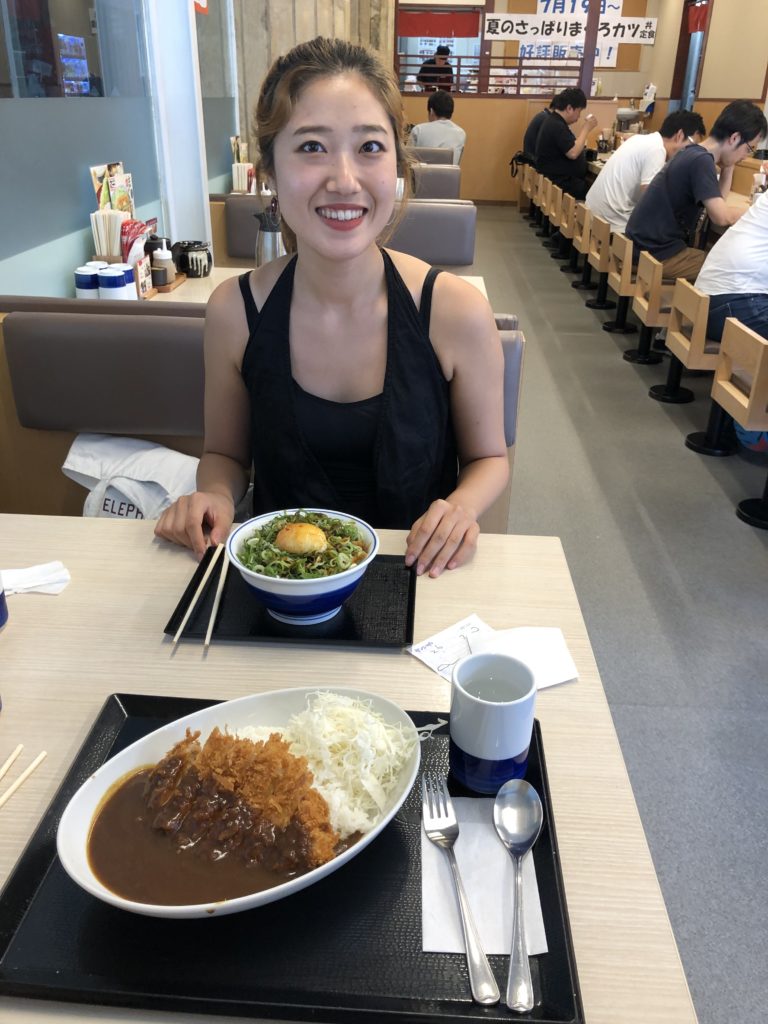
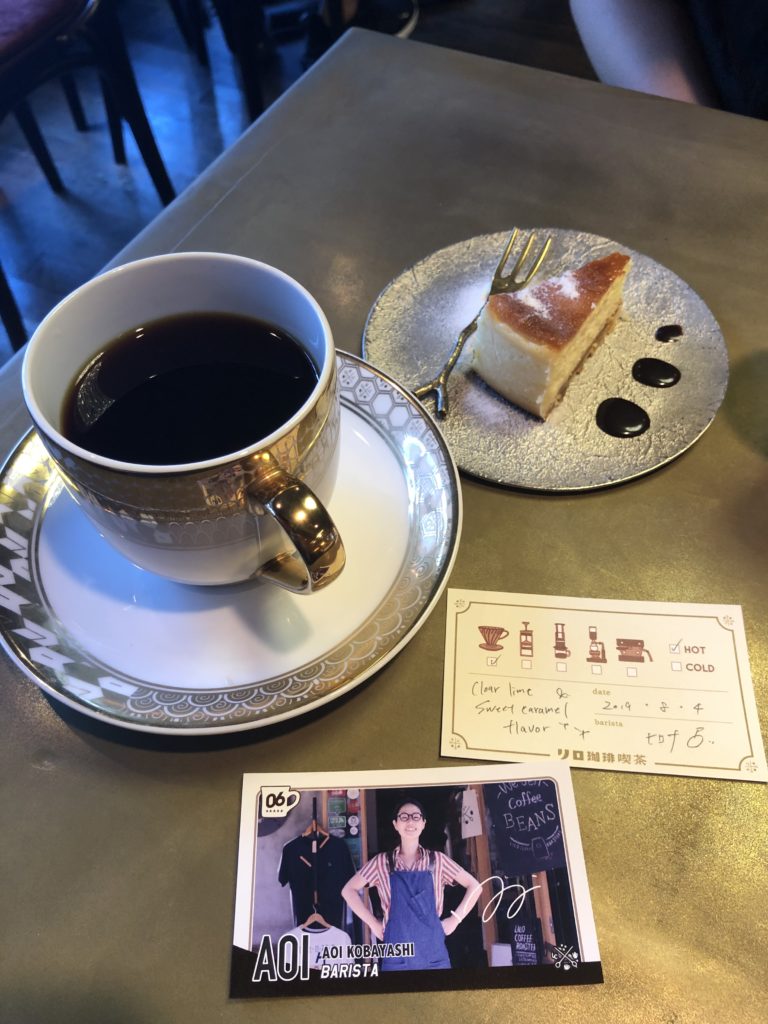
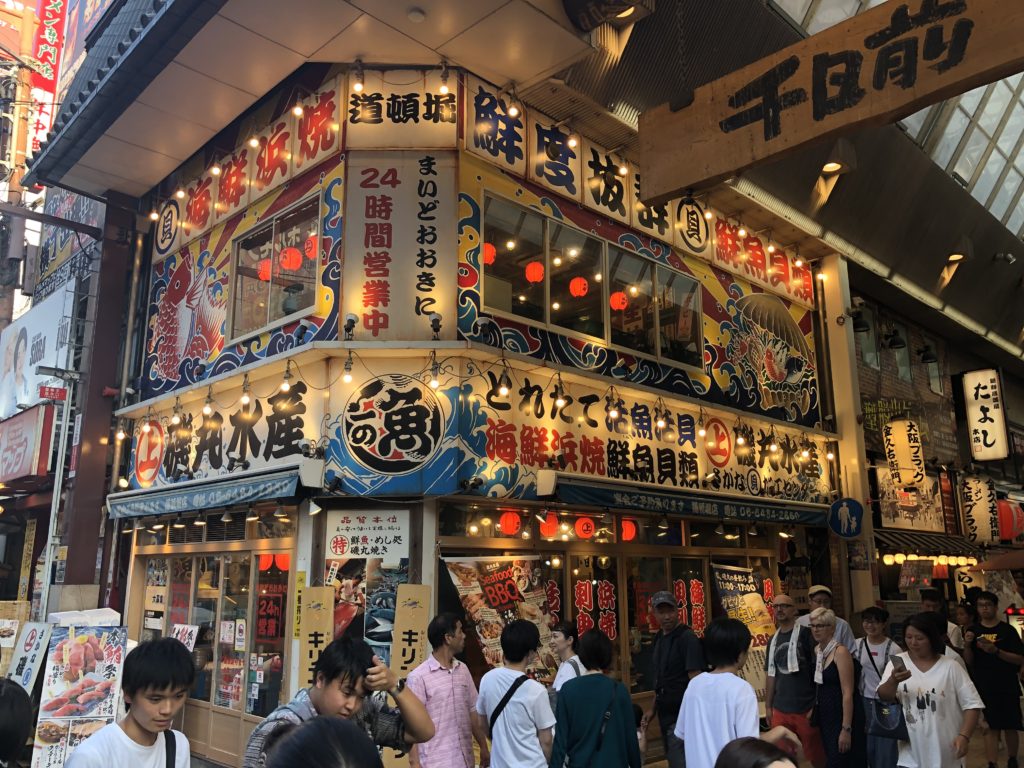
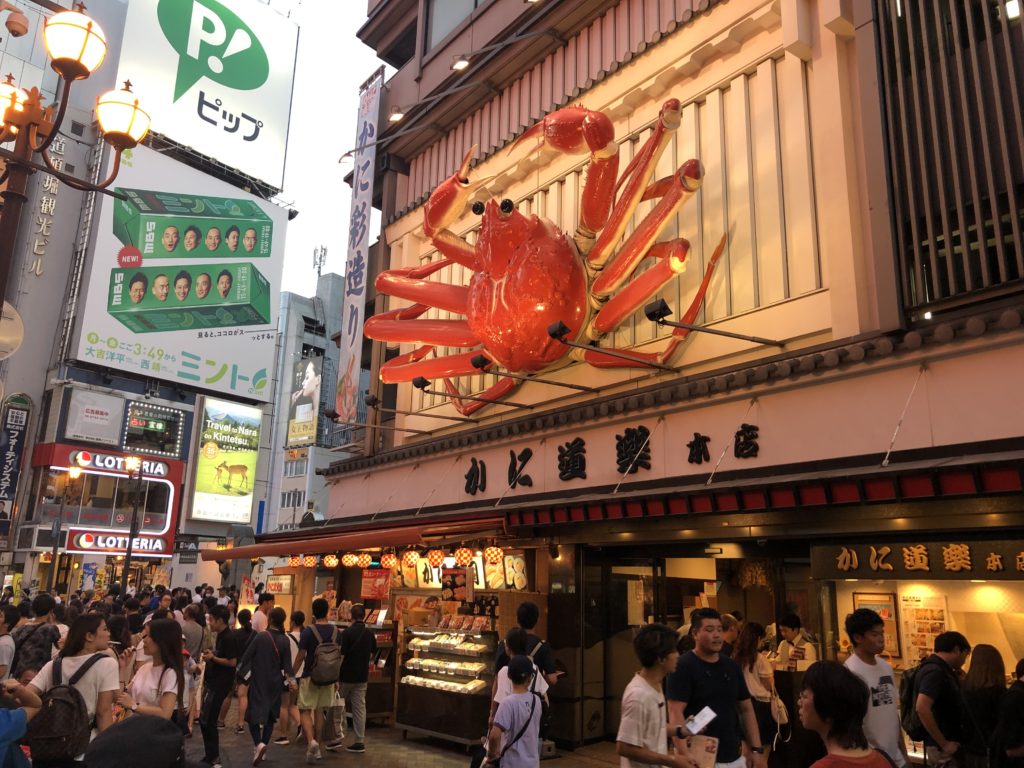
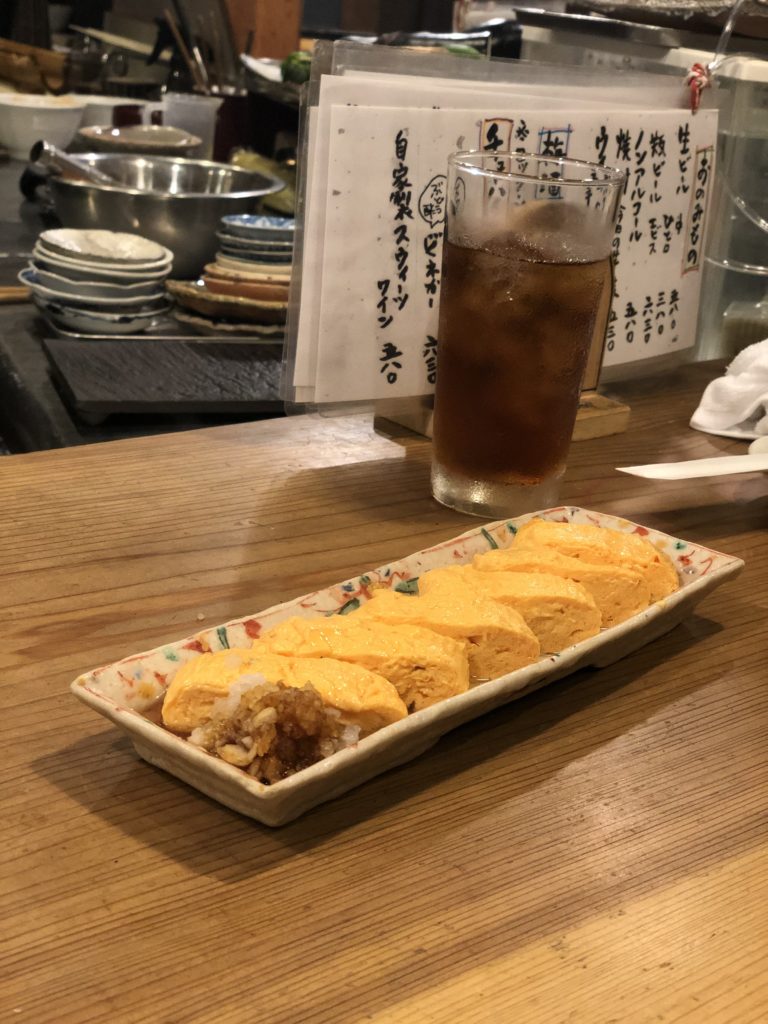
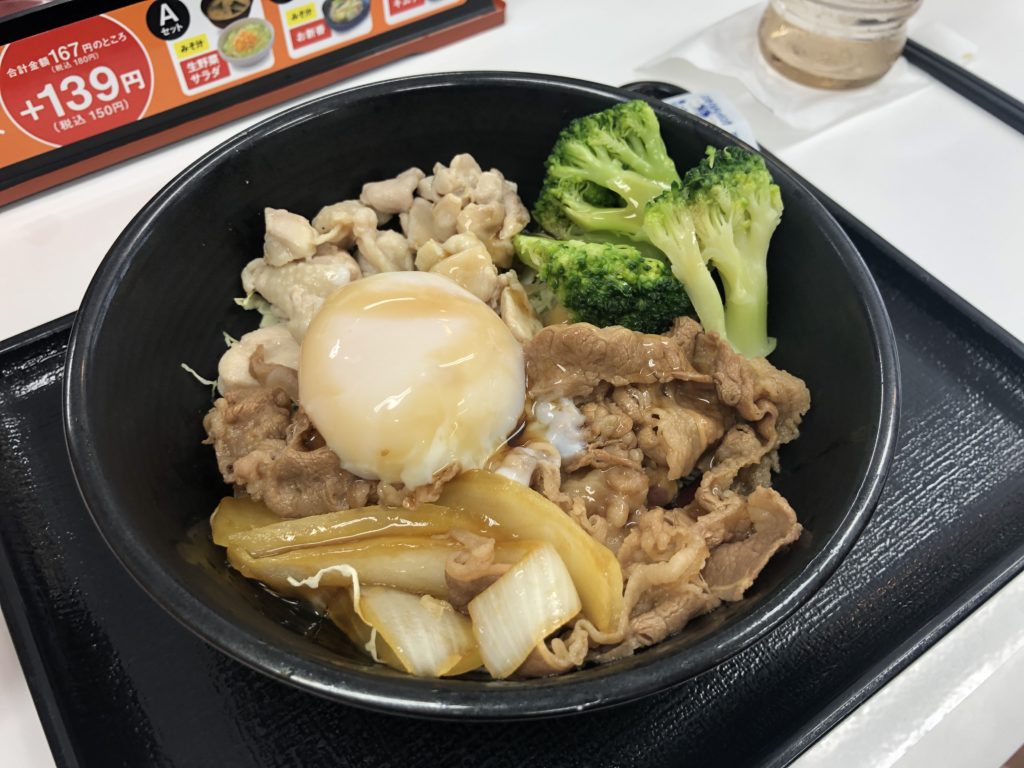
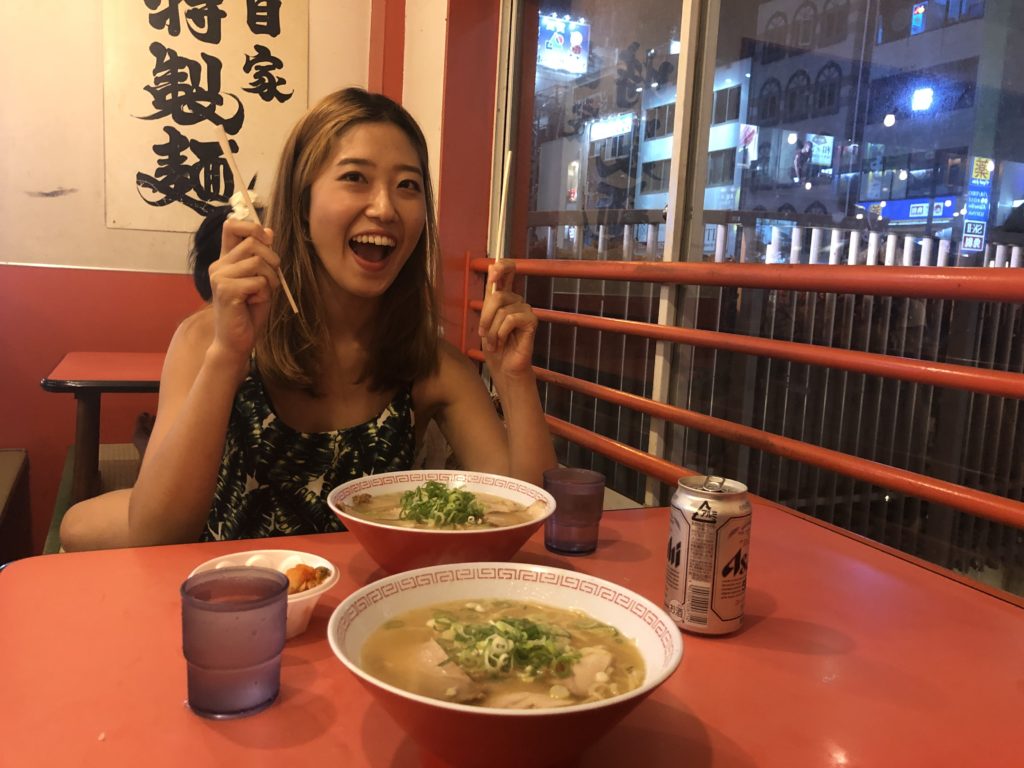
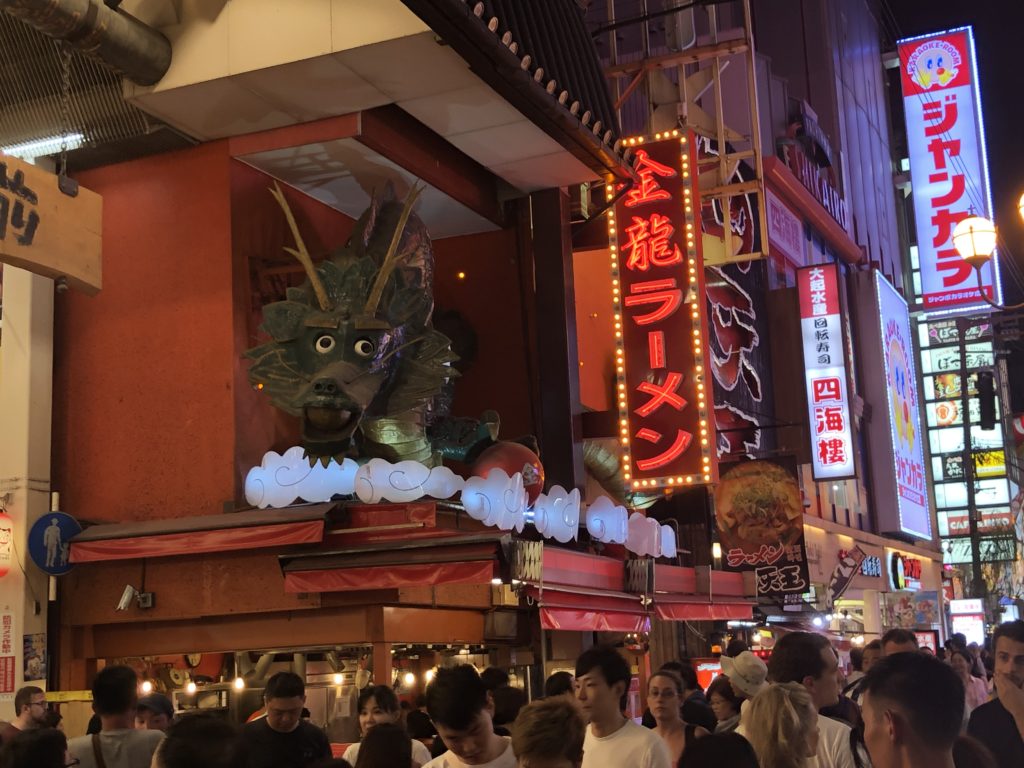
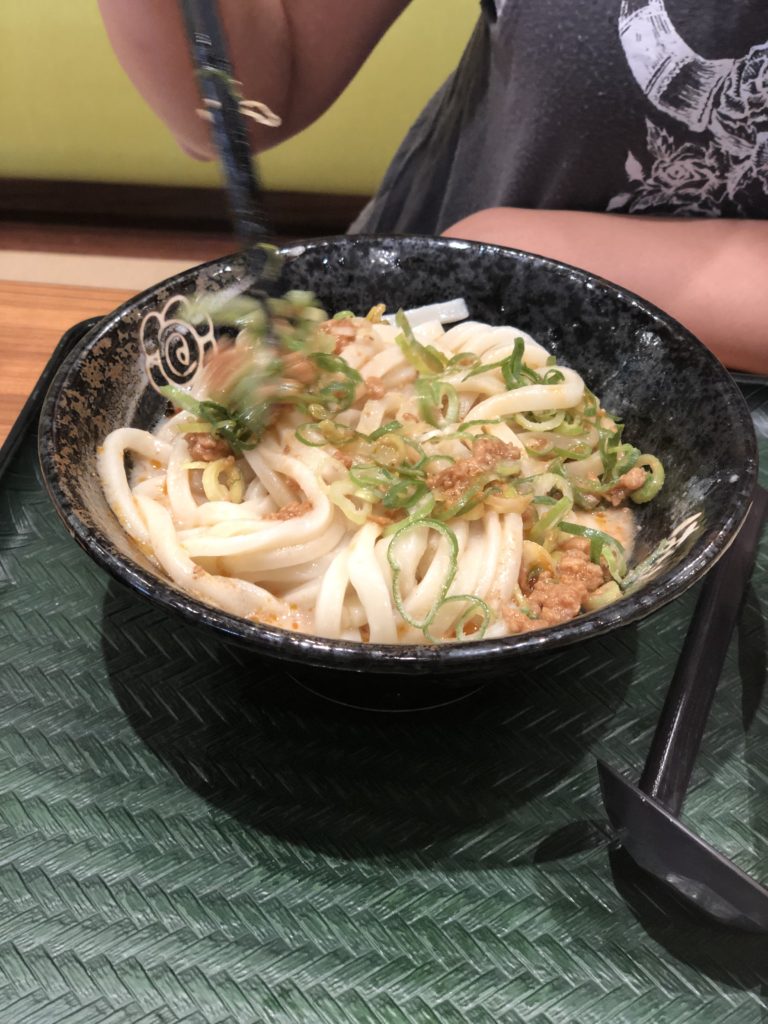
Osaka is a buzzing place – full of jolting energy and chaotic excitement – and during our stay we couldn’t wait to see what was around each corner. It was a trip, and a great way to end an amazing journey around the Land of the Rising Sun. We hope to explore its fine shores again soon.

